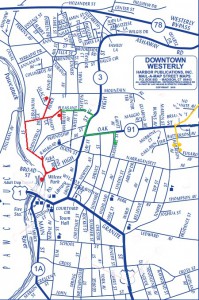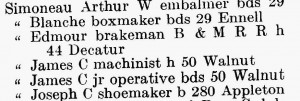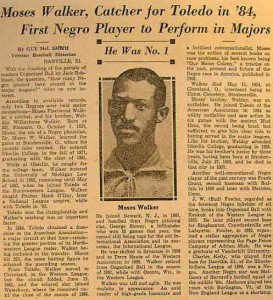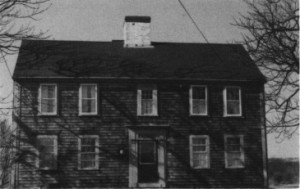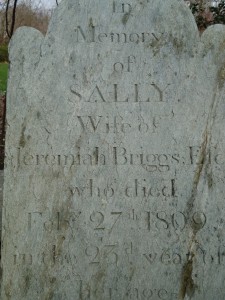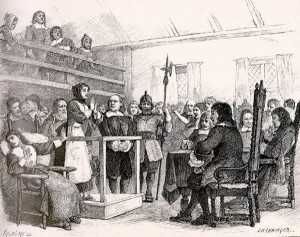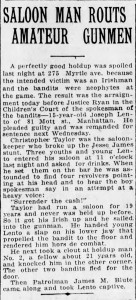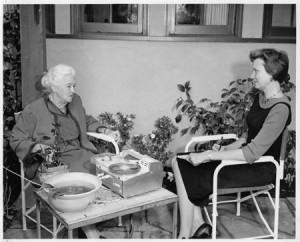
“Imagine listening to an elderly relative tell of her journey to America as an immigrant, her arrival at Ellis Island, and her first job in a clothing factory. Or imagine another family member describing how he worked on the family farm, learned to read in a one-room school house, and courted his wife at church socials. Such are the opportunities available to the family historian who draws upon the method of oral history.” So begins Linda Shopes’s poignant essay “Using Oral History for a Family History Project.” As Shopes movingly points out, oral histories are among the most useful and satisfying methods of compiling family histories. Continue reading “Speak, memory”: Part One
